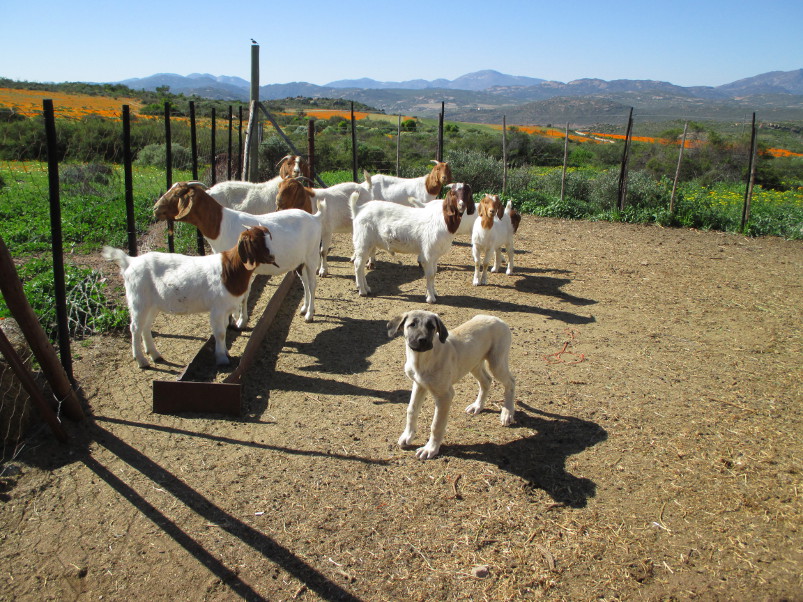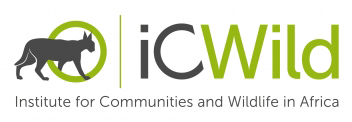|
Jump to: iCWild's work · Key insights · Project team · Collaborators and funders · Outputs |
Human-wildlife conflict over the threat (both real and perceived) that predators pose to livestock is one of the leading causes of carnivore decline worldwide. In South Africa, the Northern Cape has the highest predation rates in the country, where livestock depredations by leopard, jackal and caracal are estimated to cost more than 540 million rand per year. In this context, the Predator Ecology and Coexistence Experiment (PEACE) was established to facilitate coexistence between farmers and predators around Namaqua National Park and meet the need for scientifically rigorous evidence of farm management methods that are both ecologically sound and economically supportive.

One of the methods used to deter predators in Namaqualand is livestock guarding dogs. While there are more than 40 different breeds of livestock guarding dogs worldwide, Anatolian Shepherds are commonly used in South Africa due to climatic similarities with the Turkish Anatolian Plateau where the breed originated. The dogs are perceived to be effective at reducing livestock losses (most studies of their efficacy rely solely on farmer recollection and anecdotes), but they are also large enough to act as predators, with little known about their ecological impacts.
iCWild's work
We wanted to better understand the dog’s impacts on local biodiversity and whether or not they were effectively changing predator diets in the region. To do this, Caitlin Kelly, an iCWild’s masters graduate, analysed scat to reconstruct the diet of both livestock guarding dogs and caracals in Namaqua National Park and surrounding farmlands.
Key insights
Livestock guarding dogs can be more effective with human supervision.
We found that livestock guarding dogs that work independently (i.e., are unattended by ecorangers) not only eat livestock, but eat more of them than do caracals (although it was impossible to know if these livestock were hunted or scavenged). Importantly, this means that in order to truly be environmentally-friendly predator deterrents, dogs need to be supervised by rangers, or properly trained to not chase and kill other animals.
Caracals are not indiscriminate livestock killers.
Our findings also indicate - in support of other studies - that despite their reputation for being responsible for 30% of livestock losses, caracals do not prefer livestock, but will consume them when livestock numbers are considerably higher than that of wild prey. In Namaqualand, sustaining strong dassie populations on farmlands could be an effective method for minimizing caracal depredations and warrants further investigation.
Project team
|
Caitlin Kelly (iCWild), MSc graduate and Project contact Marine Drouilly (iCWild), supervisor Prof Justin O’Riain (iCWild), supervisor |
Collaborators and funders
Related outputs
Click here to view iCWild's full output list, and use the filter tool to view outputs related to the Namaqua PEACE project.



